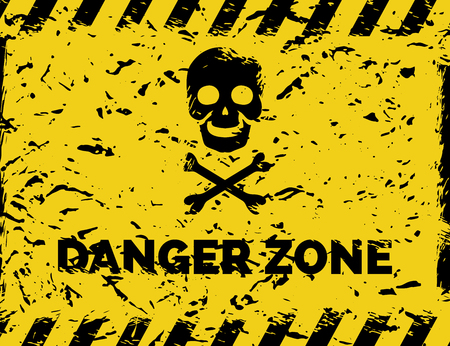Understanding Crime Rates: The Importance of Context
According to Forbes, New Mexico has been identified as the most dangerous state in the United States, with a higher rate of violent crimes per capita compared to any other state. According to Forbes Advisor, New Mexico’s violent crime rate is more than six times higher than that of New Hampshire, the safest state. The report highlights the importance of understanding the big picture when assessing risk, as crime rates vary widely across different states and types of crimes.
Crime Trends: Separating Fact from Fiction
The data analysis shows that while property crimes have increased in recent years, the rate of violent crimes has decreased. Murders and cases of non-negligent manslaughter also decreased by 6.1% in 2022 compared to the previous year. However, the report notes that murder rates increased by 30% in 2020, with more than 75% of those crimes committed with a firearm. This trend was particularly pronounced among young people and in disadvantaged communities during the pandemic.
State-by-State Crime Comparison: Where Does Your State Rank?
The report also highlights the varying levels of crime across different states, with Southern states accounting for two of the five most dangerous states and New England states accounting for four of the five safest states. New Hampshire, Maine, Rhode Island, and Connecticut are among the safest states, with New Jersey rounding out the list. In contrast, Arkansas and Louisiana are among the most dangerous states, along with Colorado and California.

Crime Map: The Most Dangerous States in the US Revealed (PHOTO: GOOGLE)
Understanding Arrest Data: Insights into Crime Patterns
The report also examines the most common arrests in each state, including drug abuse violations, simple assault, larceny, driving under the influence, and possession of weapons. The data comes from the FBI Crime Data Explorer and is based on three key metrics: violent crime rates, property crime rates, and chances of becoming a victim of violent crime.
Crime Fighting Strategies: A Roadmap to Success
The report’s findings offer a crucial roadmap for policymakers and law enforcement officials to develop evidence-based strategies to combat crime. By examining the report’s insights on crime trends and patterns, these stakeholders can better understand the underlying factors driving criminal activity, and develop targeted interventions to reduce crime rates and improve public safety across different states and communities.
READ ALSO: 3.2 Per 100,000: North Side Chicago’s Decreasing Homicide Rates Amid Citywide Violence

















































